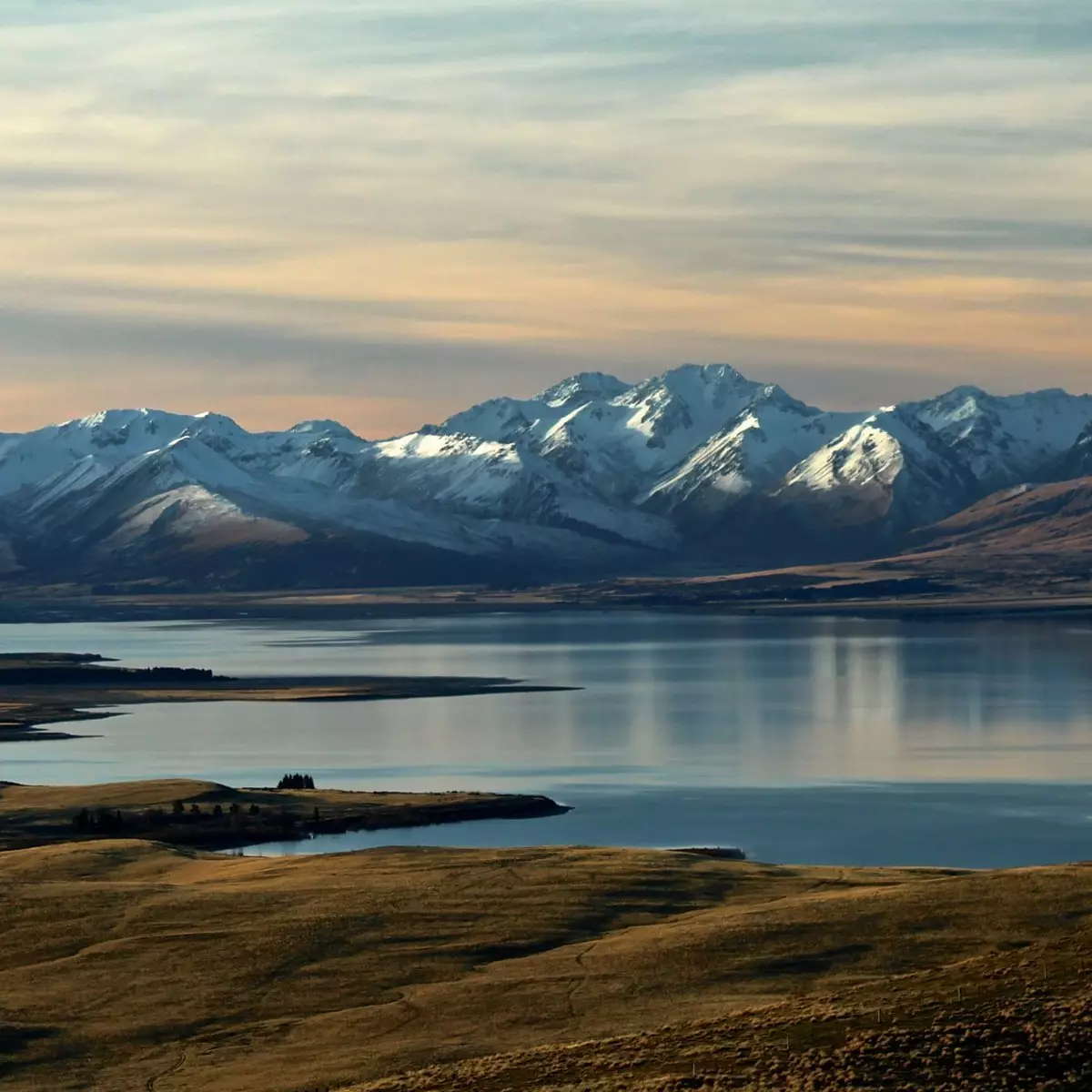New Zealand is often believed to be nothing more than a vast expanse of rolling mountains and forests, but the reality is quite different. This island nation boasts a diverse terrain that includes mountains, deserts, beaches, lakes, and bustling urban areas. The notion that New Zealand is simply an extension of Australia overlooks the rich history and distinct culture of the Kiwi nation. With its indigenous Māori culture deeply embedded in its identity, New Zealand stands as a sovereign nation with its own unique government, culture, and history. The Māori people have made significant contributions to the country’s cultural heritage, shaping its character with their language, traditions, and art forms. While the cultural history of the Māori people is relatively shorter compared to Aboriginal Australians, it showcases the vast differences between these two indigenous cultures.
While the flightless Kiwi bird is a well-known national symbol, New Zealand is home to a wide range of unique species beyond just this iconic bird. With 16 flightless bird species, including the Kōkako and the tuatara reptile, New Zealand is a biodiversity hotspot. The misconception that New Zealand’s wildlife is limited to the Kiwi bird neglects the rich diversity of ecosystems throughout the islands. Additionally, New Zealand is a paradise for adventure enthusiasts with activities like bungee jumping, skydiving, and hiking. However, it’s important to note that the country offers more than just adrenaline-fueled experiences. Tranquil beaches, vibrant cities, and a rich arts and culture scene also await visitors, providing a well-rounded Kiwi experience.
Contrary to popular belief, not every New Zealander is fluent in Māori. While Te Reo, the Māori language, holds official status alongside English, English remains the predominant language spoken in everyday life. Efforts to revitalize Te Reo are evident in educational institutions, where students are exposed to Māori language learning opportunities. Despite these initiatives, fluency levels in Māori vary among individuals. The integration of Māori language education from preschool through high school reflects the country’s commitment to preserving and promoting this indigenous language.
While New Zealand may seem small at first glance, it is comprised of two main islands, each with its own unique terrains. The combined expanse of New Zealand spans approximately 1,000 miles in length and 280 miles across at its widest point, challenging the misconception that it is a tiny country. In addition, while sheep farming is commonly associated with New Zealand, the country is also home to diverse industries beyond agriculture. With a vibrant modern society and a rich cultural tapestry, New Zealand offers a depth and diversity that goes beyond the stereotypes.
New Zealand is a land of surprises with breathtaking landscapes, rich history, and vibrant culture. By dispelling misconceptions and exploring the true essence of this island nation, visitors can truly appreciate the depth and diversity that New Zealand has to offer. So, the next time you think of New Zealand, remember that it’s more than just a collection of preconceived notions – it’s a land waiting to be discovered and explored.








Leave a Reply